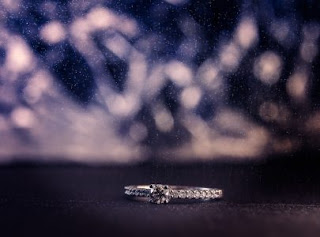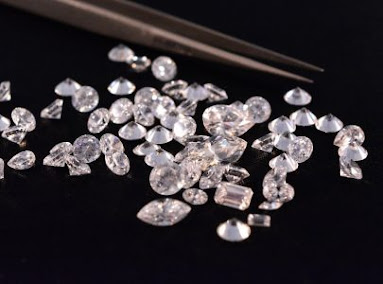HISTORIC MOMENT FOR CVD DIAMONDS ACROSS THE WORLD: A PAGE IN HISTORY
2019 is sure to be a promising year for lab-grown
diamonds, within the first 6 months of the year, major developments have
shaken the industry and established the strength of lab-grown diamonds.
Increasing demand of these diamonds has led to acceptance amongst industry
leaders, knowledge houses and even gatekeepers.
Last year, De Beers – the industry giant launched its own brand named
‘Lightbox’ that retails lab-grown diamond jewelry. Consumers have increasingly
been demanding lab-grown diamonds owing to the more ethical &
environmental-friendly practices along with the affordability aspect. Such
trends have led even organizations such as GIA and FTC to accept lab-grown
diamonds at par with mined diamonds.
A diamond is a
diamond no matter whether it is grown in a lab or comes out of the ground. This
fact is now backed by the most eminent diamond grading institute in the world,
the GIA and the FTC, America’s leading consumer protection agency. The
Gemological Institute of America and Federal Trade Commission have opted to
remove the word “synthetic” from their reports and descriptions,
whilst talking about lab-grown diamonds. The decision stems from the fact that
a diamond is a mineral consisting essentially of pure carbon, crystallized in
the isometric system.
“They (Lab grown diamonds) are real diamonds. They have the same
optical, chemical, thermal, and physical properties as natural diamonds.”
– Matthew Hall, Vice President – GIA.
Previously known as “Synthetic Diamond Reports,” GIA has redubbed
its reports as “Laboratory-Grown Diamond Reports” in addition to the Federal
Trade Commission (FTC) removing the word “Synthetic” from its list of
recommended descriptors. The term ‘synthetic’ is no longer applicable
as the FTC recommends that the term is commonly interpreted as being
‘artificial’ but the reality is man-made diamonds are not artificial,
especially CVD diamonds that are the purest Type IIa diamonds.
In its guidelines, the FTC says, ‘The record indicates many consumers
mistakenly believe “synthetic” means an artificial product such as
cubic zirconia, which lacks a diamond’s optical, physical, and chemical
properties. To avoid this confusion and bring clarity, the final guides do not
include “synthetic”.
“The FTC based its decision in favor of scientific facts, not the
mined-diamond industry lobby, giving consumers’ real information on which to
make informed diamond purchasing decisions.” – Forbes.com


Comments
Post a Comment